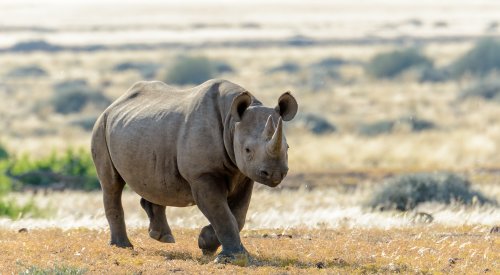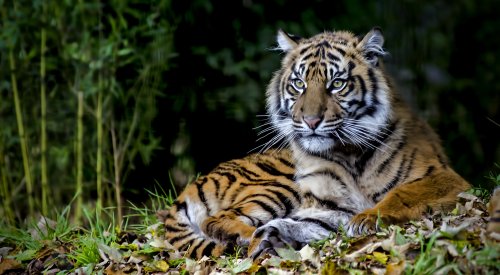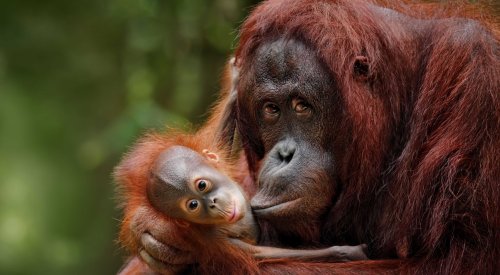Does It really matter if only one species goes extinct? In a word, yes.
Animals and plants depend upon each other, so the loss of one species affects others within that complex web of relationships. Aside from the ethical implications of having exterminated a species irreversibly, the extinction of one species can affect the entire ecosystem, with knock-on effects that ripple through the fabric of natural ecosystems.
Systemic risks
The millions of species on land, in freshwater and in the ocean have evolved over millennia and form the web of life that sustains the planet. Species and their populations are the building blocks of ecosystems, individually and collectively securing the conditions for life. They provide food, medicine and raw materials. Together, they are the basis of soil formation, decomposition, water filtration and flow, pollination, pest control and climate regulation.
Ultimately these species and ecosystems are the primary source of income and resources for hundreds of millions of people around the globe — and for a great many businesses of all sizes.
Landmark agreement at COP 15
COP 15 was the biggest biodiversity conference in a decade. On 19 December 2022, world leaders adopted the historic Kunming-Montreal Global Biodiversity Framework. The framework contains goals and targets to protect and restore nature and the stakes could not be higher: the planet is experiencing a dangerous decline in nature as a result of human activity. It is experiencing its largest loss of life since the dinosaurs. One million plant and animal species are now threatened with extinction, many within decades.
The Kunming-Montreal biodiversity agreement included a specific target, namely target 4, which urges actions "to halt human-induced extinction of known threatened species and for the recovery and conservation of species, in particular threatened species".
Species emergencies
The IUCN Red List is a critical indicator of the health of the world’s biodiversity. It is the world's most comprehensive inventory of the global conservation status of biological species. The list uses a set of precise criteria to evaluate the extinction risk of thousands of species and subspecies. These criteria are relevant to all species and all regions of the world.
With its strong scientific base, the IUCN Red List is recognized as the most authoritative guide to the status of biological diversity. Far more than a list of species and their status, it is a powerful tool to inform and catalyze action for biodiversity conservation and policy change, critical to protecting the natural resources we need to survive.
The list provides information about range, population size, habitat and ecology, use and/or trade, threats, and conservation actions that will help inform necessary conservation decisions. It divides species into nine categories: Not Evaluated, Data Deficient, Least Concern, Near Threatened, Vulnerable, Endangered, Critically Endangered, Extinct in the Wild and Extinct.
The Black rhino, Sumatran tiger and the Tapanuli orangutan are all classified as "Critically Endangered" on the IUCN Red List of Threatened Species. The Critically Endangered status is the most threatened conservation status assigned by IUCN to a species that still exists in the wild. When a species receives this designation, the experts are telling us that it faces an extremely high risk of extinction.
Ensuring the stability of these ecosystems, by protecting and preserving endangered species is therefore a critical responsibility for investors, as the businesses we invest in, are inevitably exposed to nature-related impacts and opportunities. Our commitments to these responsibilities, enshrined in the Kunming-Montreal agreements, guide our own policies, and our decisions to exclude several companies from our investment portfolios.










